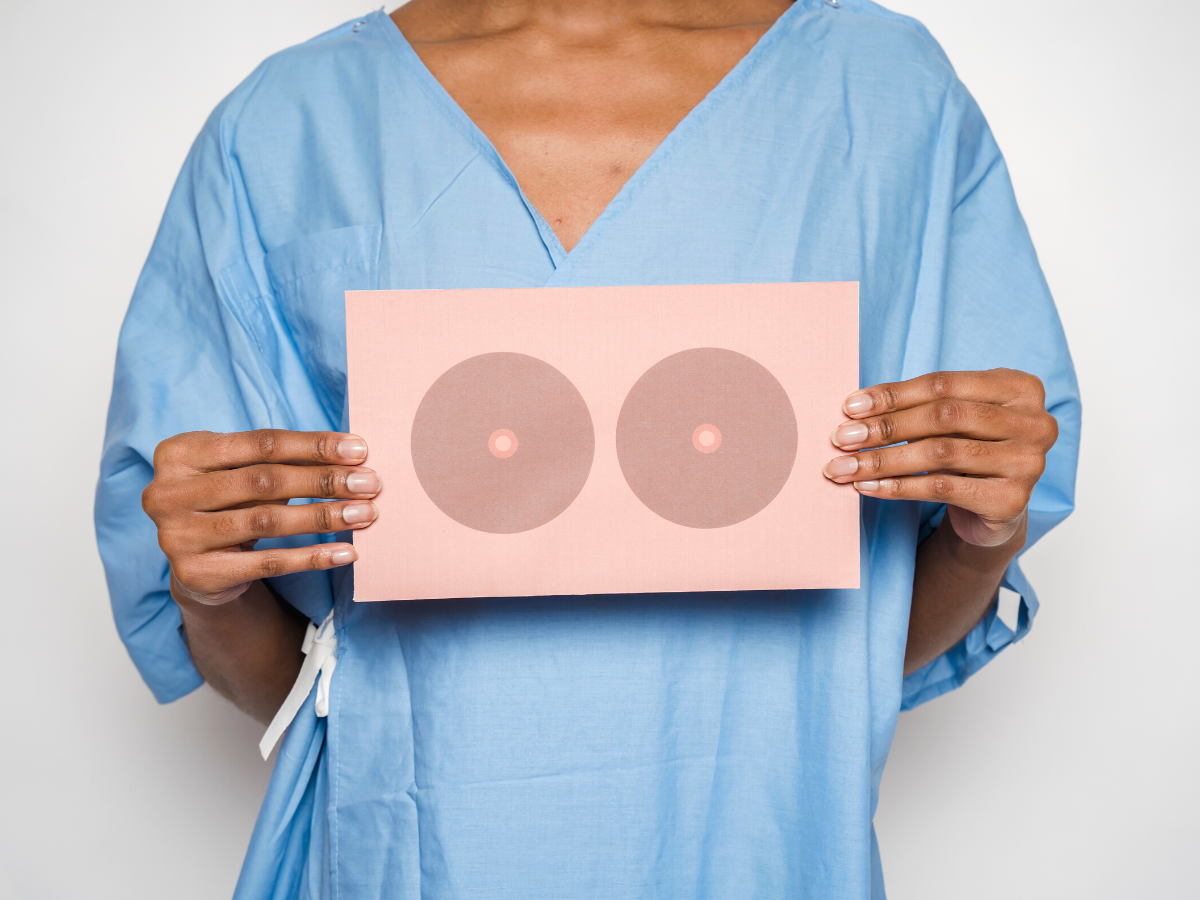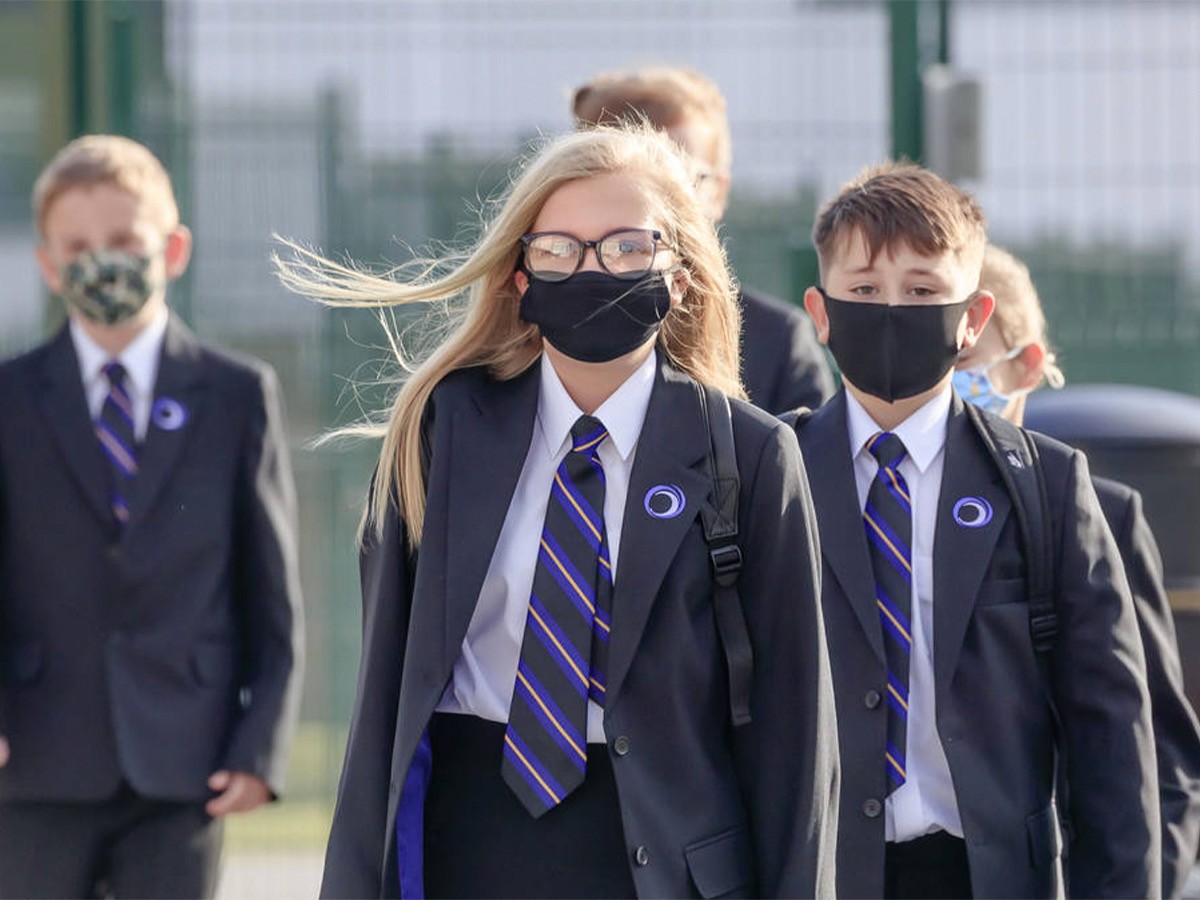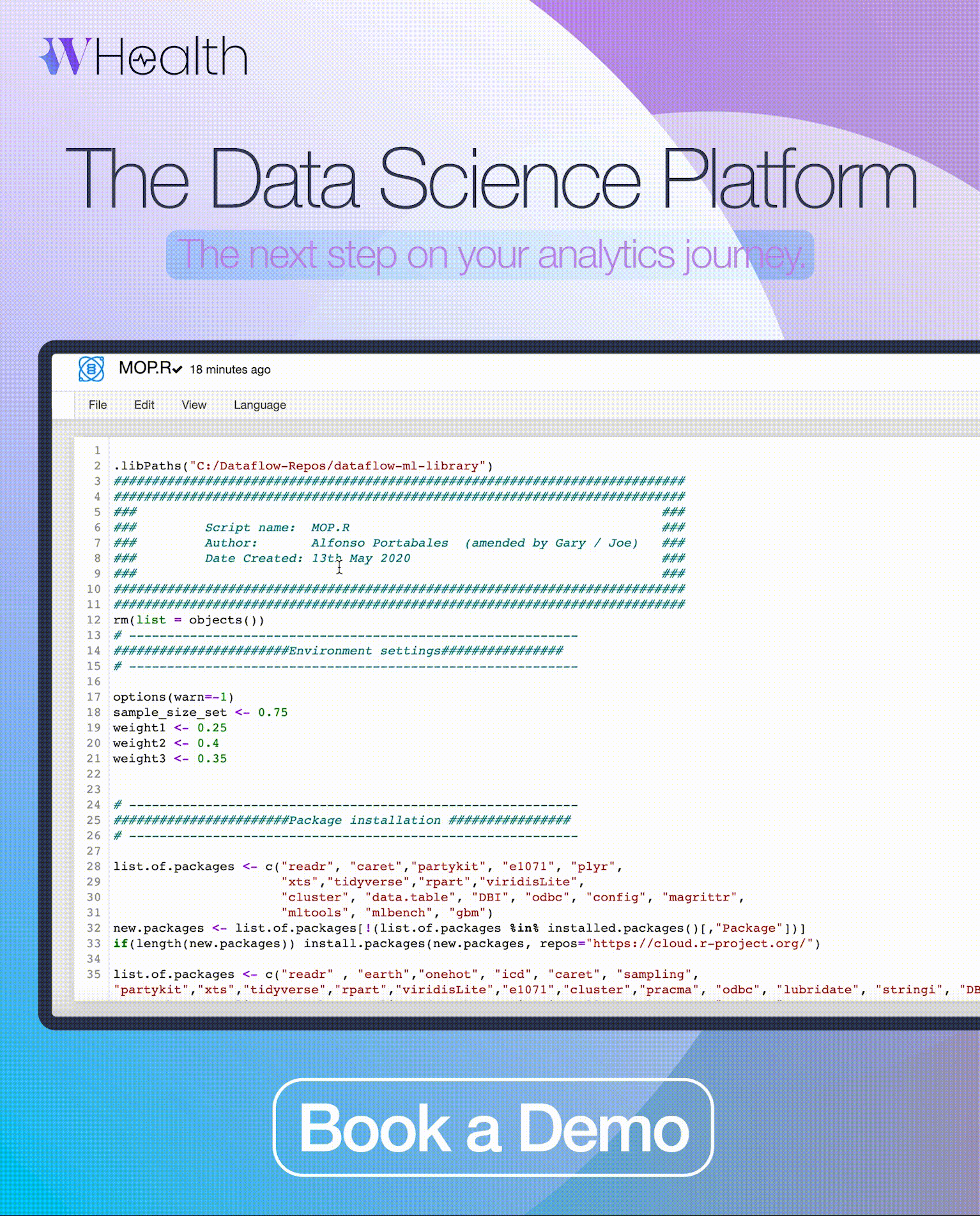March 8 saw students across England return to school for the first time since the latest lockdown began in January.
When the long-awaited reopening of schools came, the government’s rhetoric around it focused on testing. From primary to secondary schools, testing would be a necessity. For primary schools, the staff had to and will continue to take 2 rapid tests each week at home. In secondary schools, both students and staff took 3 tests prior to their return and will now take 2 rapid tests at home each week.
The question is, however, is whether the government needs to be expanding its scope and diversifying their methods to keep the infection rate trending down.
Testing the limits
This marks a clear policy direction from the government when it comes to Covid-19 and reopening indoor facilities. Likely at the advice of the scientific advisers, the decision has been taken to use testing as the principal tool for preventing a rise in cases. They have also determined that the tests best suited for this challenge are the lateral flow test rather than the PCR tests which are sent off to be analysed in a lab. The advantage offered by the lateral flow tests is speed. The results of these are available within 30 minutes, providing an almost immediate conclusion as to whether someone needs to isolate or not.
It has been easy to criticise the government at various junctures during the pandemic for their less than stellar handling of the situation. Just see the report that the delay to the winter lockdown caused 27,000 deaths. This is, however, not one of those occasions. Testing is among the primary means of defence against the spread of coronavirus. By identifying positive cases and then employing contact tracing, the R number can be kept below 1.
There is, however, some concern over the type of test being used. The lateral flow test surpasses its rival in speed. This rapidity does, however, come with a caveat: they are not quite as sensitive as PCR tests at picking positive tests. By implication, this risks asymptomatic cases being missed and the virus spreading as a result.
Yet, recent data does have the potential to assuage some of these concerns. On March 10, the government announced that a new analysis of the lateral flow test shows a specificity of at least 99.9%. This translates to fewer than one false positive in 1000 tests. Following this, the Health Secretary, Matt Hancock, repeated his faith in the efficacy of the lateral flow tests for schools reopening:
‘Rapid testing can help detect asymptomatic cases quickly, preventing the virus from entering schools, colleges or workplaces, and stopping outbreaks before they occur.’
Armed with this information, the government’s procedures appear validated. That said, the messaging around the reopening could be improved to stress another method for mitigating the spread of Covid-19: ventilation. As other indoor venues begin to reopen, this will be an important safety measure to ensure that they remain open.
Open a window?
First and foremost, it must be noted that the government has not ignored ventilation. Indeed, when the guidelines were released, advice on ventilating classrooms was provided. It was, however, a secondary dimension of the instructions compared to testing, the importance of face coverings and the maxims ‘Catch it, Bin it, Kill it’ and ‘Hands, Face, Space’. This not to say that these policies are unimportant or ineffective. Quite the opposite. Continuing with them is critical to continue the recent successful trend of cases, hospitalisations and deaths. Nevertheless, the policies have become ingrained in the public’s psyche, meaning there is the opportunity for new messaging to come to the fore.
Gabriel Scally, a visiting professor of public health at the University of Bristol and a member of Sage, has expressed his concern over the lack of clear guidance on classroom ventilation. When the pandemic began, heavy stress was placed on the fact that Covid-19 is an airborne virus. This means that, if there is a lack of airflow in a room, the virus can remain in circulation for longer. When the first lockdown was about to be lifted, Sage advised that social distancing, hygiene measures and ventilation were necessary for non-essential retail to safely open. This advice, although dated May 2020, is not out-of-date. It points to the need for indoor spaces to be properly ventilated to stymie the virus.
Improving ventilation does not have to be complex and indeed the messaging can be targeted to underscore this point. Sam Bowman, director of competition policy at the International Center for Law & Economics, Portland, wrote in the Guardian that simply opening a window is one of the best ways to limit the spread of Covid-19. The British weather may have something to say on the advantages of opening windows in March, but, as we move towards the summer months, ventilating indoor spaces will become desirable rather than an obligation.
The importance of ventilation was highlighted when, on March 10, The Lancet published a series of recommendations that would help to keep transmission rates down when schools reopened. On ventilation, the suggestions included not only opening windows and doors but also teaching outdoors, using CO2 monitors to assess air quality and installing High Efficiency Particulate Air filters with air cleaning devices. The final two suggestions would prove more expensive, but there is a risk of causing localised outbreaks without optimal ventilation, as seen with some quarantine hotels near Heathrow airport. Nevertheless, the key takeaway is the need to ventilate indoor spaces as best possible going forward.
Essential for the non-essential
Ventilation deserves and demands more attention. The public has become attuned to and is respectful of the guidance on hand washing, masks and social distancing. They are doing their part to minimise their contact with others and to avoid close interaction. Now, further action is necessary to ensure that all indoor spaces can reopen safely.
The government is aware of this and has not forgotten to release guidance on the matter. Indeed, on March 4, Public Health England released its recommendations on ventilation. The utility of ventilation is fully expressed here, but the issue has yet to garner the same mainstream attention. This could be attributed to the fact that ensuring efficient ventilation is not the public’s responsibility. Nevertheless, as April 12 approaches and non-essential retail prepares to reopen, there is a growing need for the benefits of ventilation to go into general circulation.
Thanks to the success of the vaccine rollout, there is increased hope that this might be the final national lockdown. Yet, to ensure that this really is the final push, the safe reopening of indoor venues is critical. If this can be achieved, then the restrictions on individual freedom should be at an end. Therefore, the rhetoric on ventilation must be ramped up and the guidance must be disseminated as widely as possible.
About the Author: James Hingley
James Hingley is a contributing Features Writer with extensive expertise in International Relations, Politics and Culture.
Recommended for you

Antidepressant Prescribing at Six-Year High
More people are taking antidepressants than ever. Is this a dark sign of the times or an indication that mental health stigma is changing?

Can AI be Used to Determine Cancer Recurrence?
When cancer patients go into remission, they often worry about it coming back. AI can now help identify those at risk of cancer recurrence.

Pegasus – Still a Threat to the UK?
The notorious Pegasus spyware has been misused to exploit vulnerabilities in devices, even those kept within the walls of Number 10.
Trending

Drug Decriminalisation: Could the UK Follow Portugal?
Portugal’s drug decriminalisation has reduced drug deaths and made people feel safe seeking support. Would the UK ever follow suit?

Calling All Unvaccinated UK Adults
With Covid cases rising, the NHS is urging the 3 million UK adults who remain unvaccinated to come forward.




